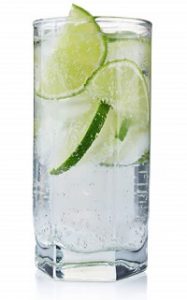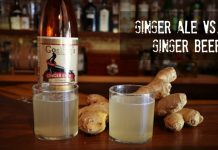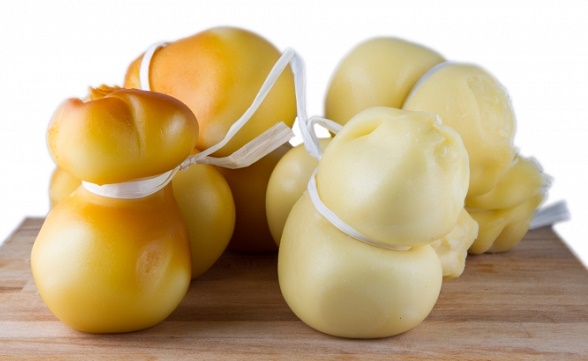
Introduction and history

Tonic water have its name for therapeutic and medicinal effects of quinine.
It was discovered around the sixteenth century and its consumption was primarily intended for people in Africa and South Asia, where malaria was widespread, and the quinine powder together water helped to fight the disease or prevent the spreading.
But being very bitter, some British officials, who were in India, they began to mix with the water and quinine, even the sugar and soda.
The very first tonic water was put on the market in 1858 and shortly after, always in India, at the time colonized by Britain, was born the first alcoholic cocktail, named Gin Tonic.
In America since 2010, have been put on the market at least four tonic syrups, which are diluted manually at home with the addition of carbonated water, thereby giving consumers the opportunity to obtain a product with very variable concentration, according to taste.
When we speak of tonic water, we are indicating a predominantly very carbonated drink made by adding quinine.
This additional element is an alkaloid that is in the form by crystals of white color, and has antipyretic properties, which hinder the onset of fever, and also anti-inflammatory so fighting inflammation; analgesic against pain, antimalarial against malaria precisely as the word itself and finally bittering, which tend to give the product a bitter aftertaste.
Originally the tonic water, was only carbonated water with a high level of quinine, and was in fact used for its many beneficial properties in the medical field against the spread of malaria.
The drink today in contrast to that of the origins, has a much lower quinine content and is sweetened by the fructose-based syrups, glucose, and sucrose.
With the passage of time, some brands have proposed to form the light version of this drink, which is made by replacing the syrups listed above, with sweeteners as an alternative, type aspartame.
Today it is almost impossible to find on the market the tonic of the past, with more quinine and without the addition of sugars or syrups.

Quinine description
The addition of quinine which is located in drinks on the market, has the appropriate pharmacological doses of safety.
Moreover, as happens for other foods and beverages also, the suitability of the product by the consumer and also depends on the type of use that makes it, in fact, an excessive use is not recommended.
The portion of quinine added in carbonated water to the realization tonic water in the United States, is regulated by the “Food and Drug Administration”, which allows a quantity of 83 parts per million, in summary 83 mg / kg of product.
The daily dose to eradicate malaria, is in the range 500-1000 mg every 10 mg of body weight, to be taken at eight-hour intervals, for an adult with a weight of about 70 kg, corresponding to 2100 mg daily of quinine.
This very important element for our body thanks to the many beneficial properties, we have listed at the beginning of this article, it is also useful to fight the leg cramps, but because of the risks associated with its excessive consumption, the FDA recommends consume very carefully to avoid the cumulative intake.
As an alkaloid, it is potentially toxic and therefore the excess can cause vomiting and diarrhea, but also not only auditory and visual disturbances and often hearing impairment is not within the canons even after discontinuation of the product.
In conditions of pregnancy and lactation, the quinine drug consumption is strictly not recommended, because the doses are harmful to both, the fetus and the baby.
Even for those suffering from diseases related to the malfunctioning of liver, or kidney, organs useful to the metabolism and also to the disposal of molecules, is strictly not recommended the use of quinine, even in small doses, because it would increase the risk of accumulation emphasizing in that way its toxic power.
Uses and consumption

Often the tonic water is used for preparation of cocktails, especially those made with vodka or gin (Vodka tonic, or Gin and tonic).
Tonic water with the addition of lemon or lime, is called (bitter lemon), and is a drink very consumed in Europe and in the rest of the world.
The average quantity of consumption of this beverage is of a minimum of 150 ml up to a maximum of 250 and can vary depending on the diet that every single person is following.
If we consider the nutrition of those who make sport, much richer in energy values than those who do not do physical activity, even in this case it is always better not to exceed the dose, because the sugars present, increase considerably the energy content of the diet.






